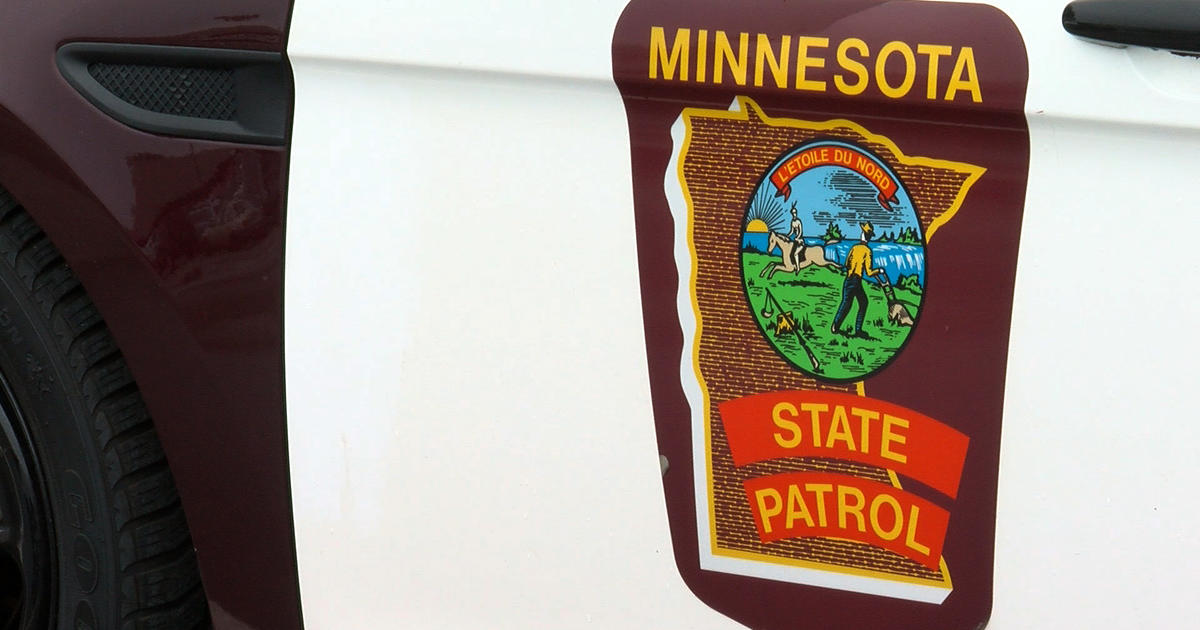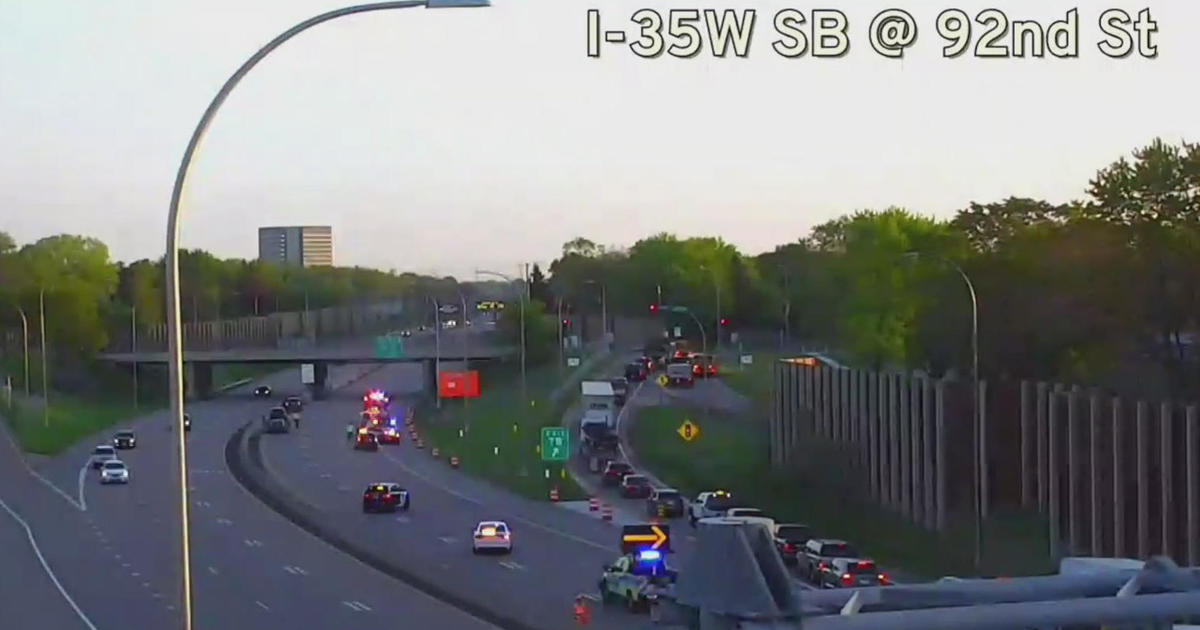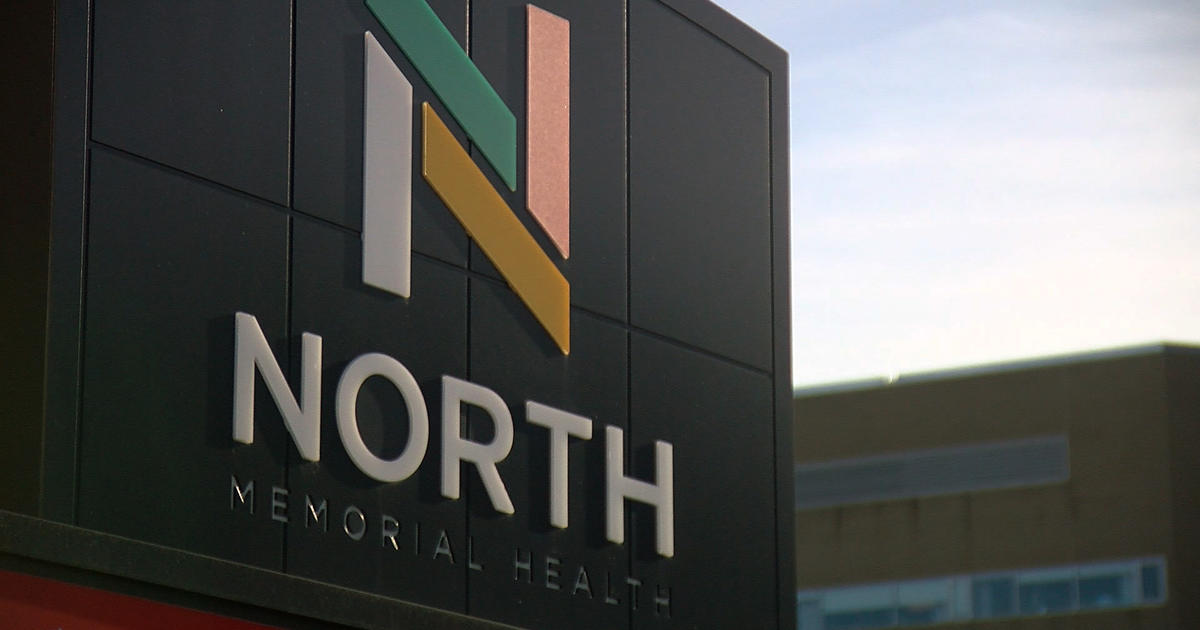After Philadelphia collapse, how is Minnesota making sure its bridges are safe?
MINNEAPOLIS -- A highway bridge collapse in Philadelphia is leading to new questions about bridge safety in Minnesota and what's being done to keep us safe on the roads.
Officials in Philadelphia said the bridge will have to be demolished because of the collapse, which investigators said was caused in part by a gasoline truck crashing and catching fire.
Minnesota has already been working on improving its infrastructure thanks to its own painful experiences. It was 16 years ago this summer that the Interstate 35W bridge across the Mississippi River collapsed.
What happened in Philadelphia was different for a number of reasons. One, that wasn't a bridge over the Delaware River or any body of water. It was just an elevated highway.
And despite our home being the Land of 10,000 lakes, many if not most of Minnesota's 20,000 bridges are roads and ramps that pass over other roads, train tracks, or fields. That's according to the Minnesota Department of Transportation definition of a bridge as any buttressed highway more than 10 feet.
A year after the 35W bridge collapse, the government invested more than $2 billion over 10 years to repair or replace 172 structurally deficient bridges. This past summer, the DFL-led legislature voted to raise several taxes to raise billions more for transportation, much of it for infrastructure.
The incident in Philadelphia is still, of course, under investigation, and it will be for some time, but early indications is it's not like the bridge just gave out. It was a reasonably new structure. So what happened? A catastrophic fire, gasoline that caught fire and then started melting the steel, which then gave way.
In some spots, the steel is exposed, in others, it's reinforced by concrete, but that too, according to engineers, can lose strength if exposed to prolonged, extreme heat. Those occurrences, though, are extremely rare.
A MnDOT spokesperson told WCCO that bridges are inspected at least once every two years. There are also 11 state emergency response teams ready to assist and train local fire crews in responding to bridge fires and ensuring the site's complete safety before allowing traffic to resume.
New technology is also helping with bridge inspections. Engineers now use drones to access areas that are more dangerous to reach even with safety harnesses. The new technology also offers infrared inspections from above, as well as 3-D imaging.




